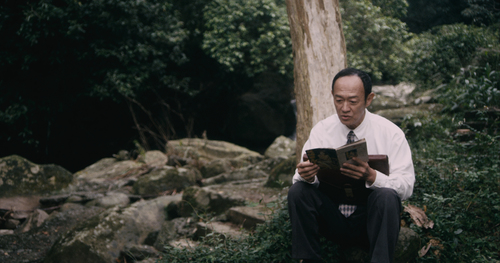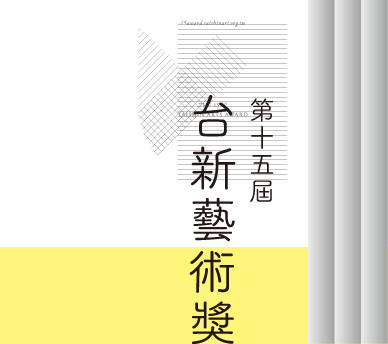Su Hui-Yu "A Man After Midnight" is shortlisted for the 15th Taishin Arts Award
Su Hui-Yu "A Man After Midnight" is shortlisted for the 15th Taishin Arts Award. This year the organizer invites the public to choose their favored winner by casting votes online. From now until noon 12 May, support the artist by entering the poll!
http://15award.taishinart.org.tw/#ts_index_4
Comments from Nomination Committee
In "Super Taboo," one of the works showcased in the solo exhibition, SU Hui-Yu demonstrates the portrayal of the body in a more powerful way than his previous work. The two-channel video, "Super Taboo," is performed by KING Shih-Chieh, who enacts the multilayered sexual imagination ostracized by the time of the martial law. The artist uses high-speed photography that stores 180 frames per second to capture the erotic scenes, which are rendered as stills or still frames. On the one hand, they visualize the sexual fantasy of the male protagonist; on the other hand, they are representations of the climax in pornographic novels or illustrated magazines. However, be it softcore or hardcore presentation of the body, the more crucial thing is that these sexual scenes are inappropriate and face the fate of being banned and criminalized. (Commentator: SING Song-Yong)
About the Artwork
Drawing on early variety shows, classic literature of sexology, and pornography of unknown origins, SU Hui-Yu's A Man after Midnight evolves around the themes of prohibited rebelliousness as well as lust and body while addressing the question as to how this sort of content muddled through the gray area of the government’s cultural censorship with multifarious patterns of aesthetic camouflage. By doing so, the series has portrayed a genuine sense of sexuality for this uninhibited era. The exhibition could be seen as a conclusion of SU's work from 2004 to 2014. However, it is not a retrospective but an evolution of the original context and subject matter of his art—an evolution from focusing on TV/mass media, reality/illusion, and images/daily life to a more comprehensive study of the complicated relations between history, communication, value construction, and ideology.

